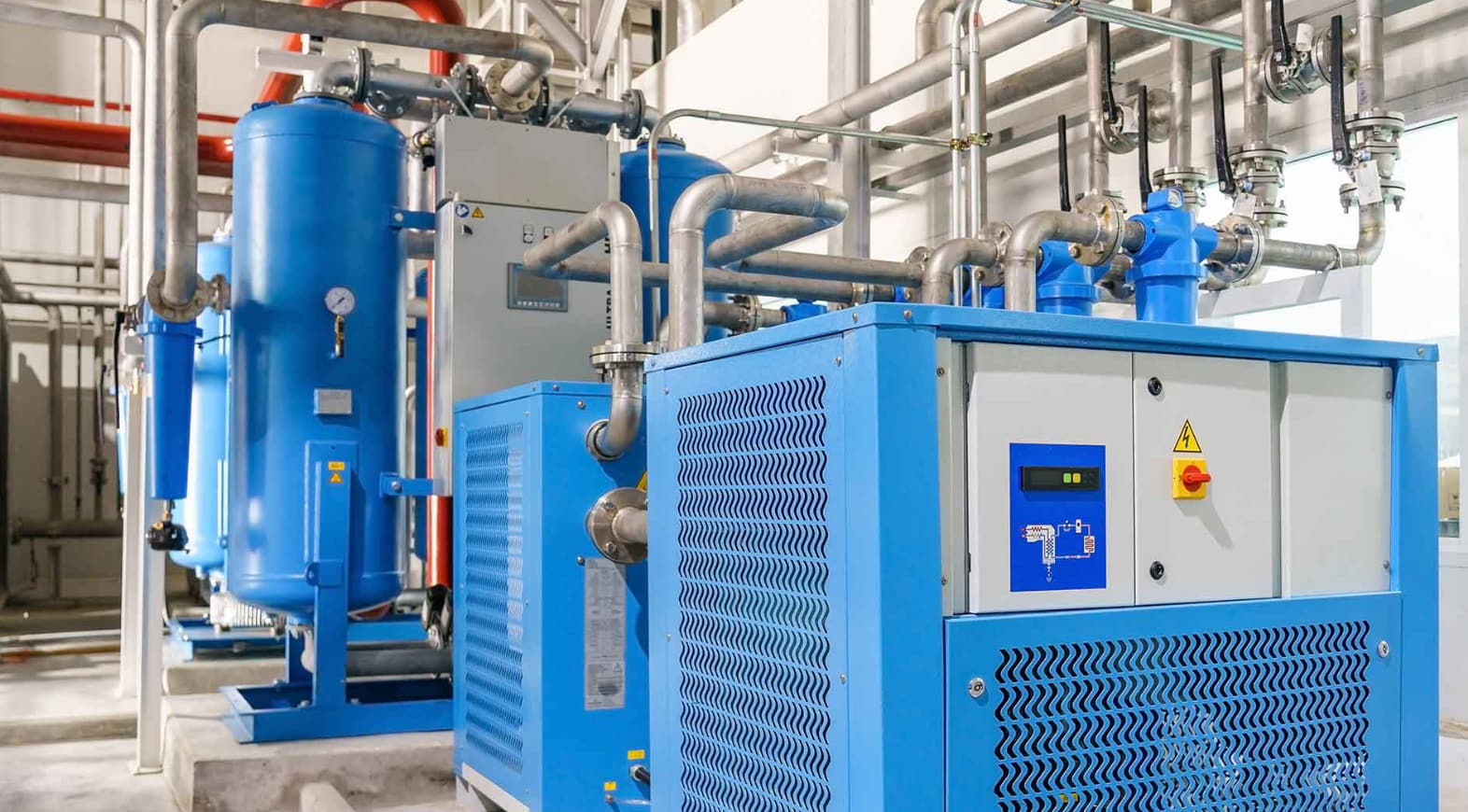Compressed air systems are essential in various industries, playing a crucial role in powering tools and machinery. At the heart of these systems is a vital component known as an “air dryer compressor“. The function of this device is to remove moisture from the compressed air, reducing the risk of water damage to your equipment and ensuring smooth operation.
Choosing the right compressed air drying system can be a daunting task, given the variety of options available in the market. However, by considering several factors, you can make an informed decision that best suits your needs.
Understanding Your Requirements
Firstly, it’s essential to understand your specific requirements. The type of industry you’re in, the scale of your operations, and the nature of your tasks all play a significant role in determining the kind of air-drying system you need. For example, if you’re in an industry that requires high-quality air, like food processing or pharmaceuticals, you may need an advanced system that ensures a high level of dryness.
Evaluate the Type of Air Dryer
There are several types of compressed air dryers, each with its unique characteristics, advantages, and disadvantages. These include refrigerated dryers, desiccant dryers, and membrane dryers.
Refrigerated dryers cool the air to condense and remove moisture, while desiccant dryers use a drying agent to absorb water vapor. On the other hand, membrane dryers employ a specially designed membrane to separate water molecules from the air.
It’s crucial to evaluate the features of each type and decide which one aligns best with your operational requirements.
Consider the Operating Environment
The environment in which the drying system will operate is another critical factor. If the system is to be used in a harsh or corrosive environment, you’ll need a robust and durable unit. Similarly, if the system will be exposed to extreme temperatures, you’ll need a model that can withstand such conditions.
Analyze Energy Consumption
Energy efficiency is an important consideration when choosing a compressed air drying system. Some models consume more power than others, so it’s essential to factor in energy consumption when making your decision. An energy-efficient model might have a higher upfront cost, but it can save you money in the long run by reducing your energy bills.
Conclusion
Choosing the right air dryer compressor is not as complicated as it may seem. By understanding your needs, evaluating different types of dryers, considering the operating environment, and analyzing energy consumption, you can find the perfect solution for your business.

